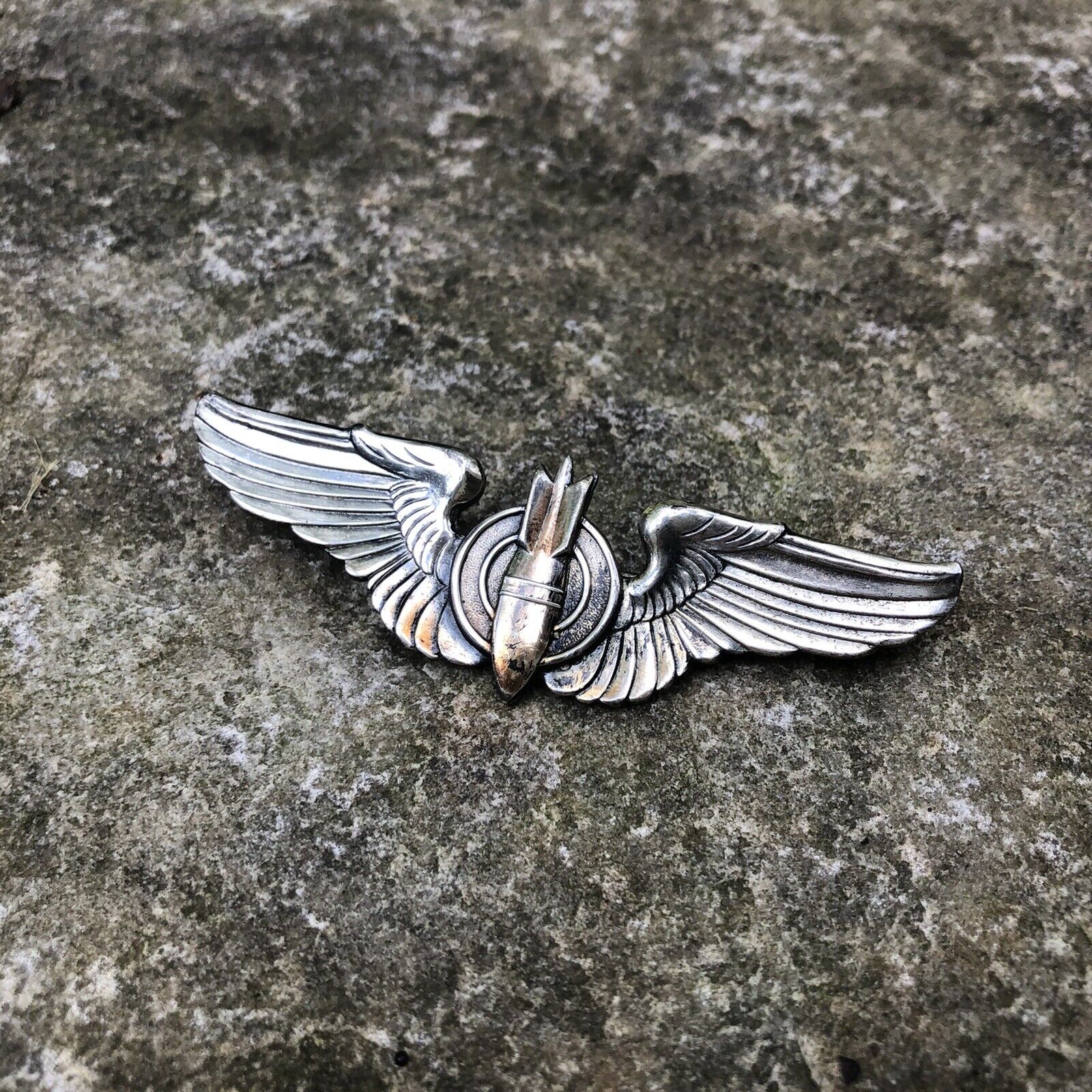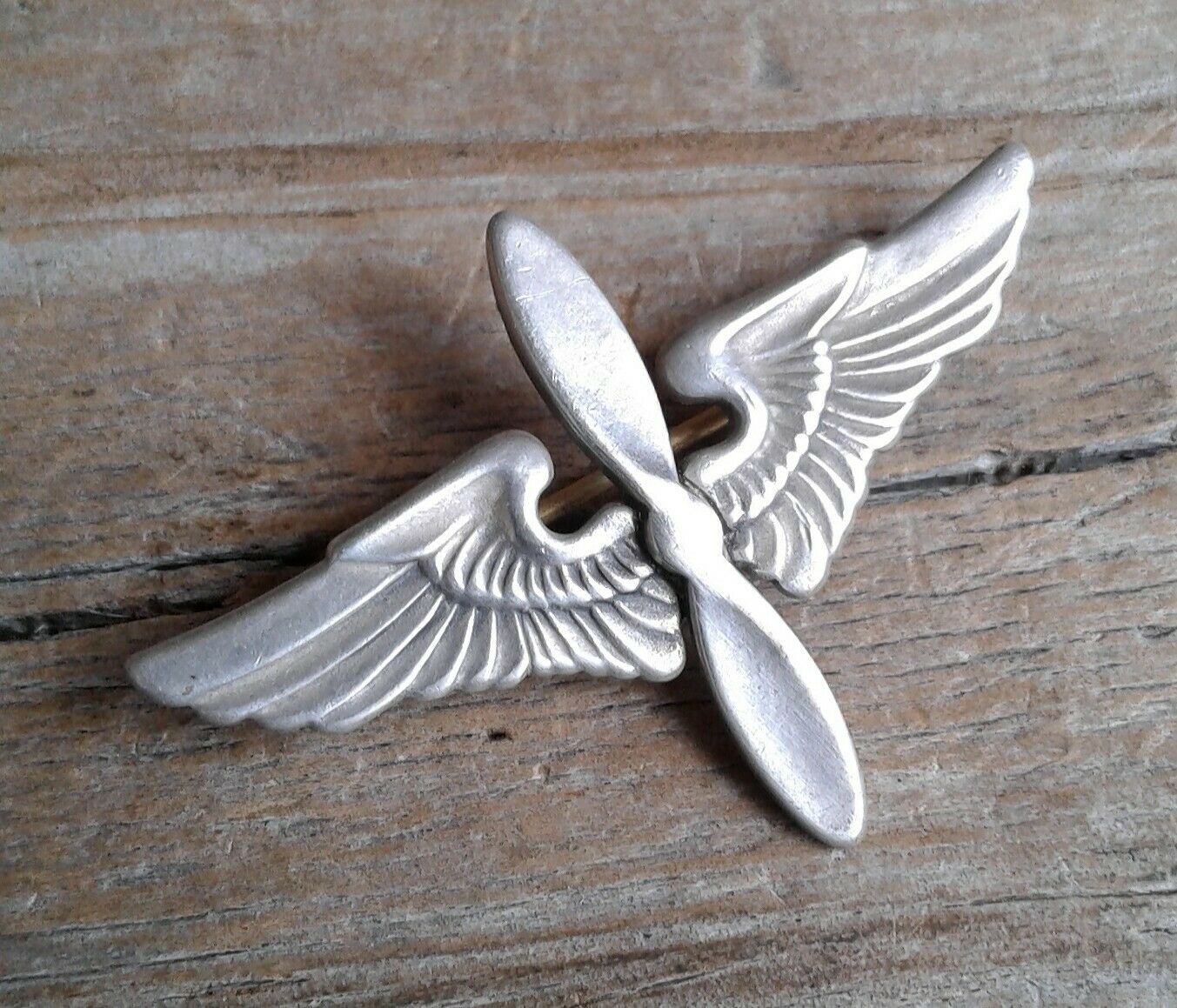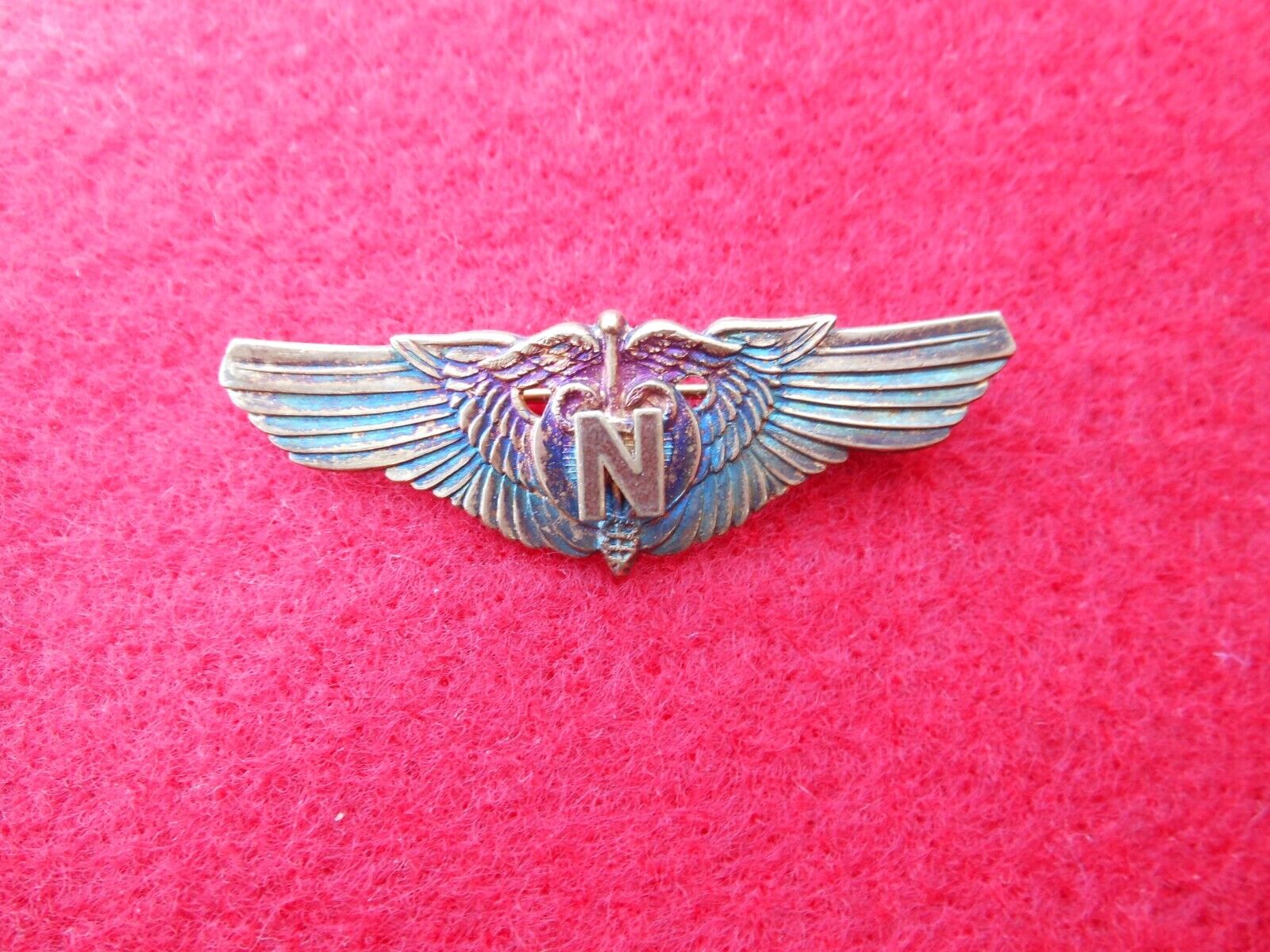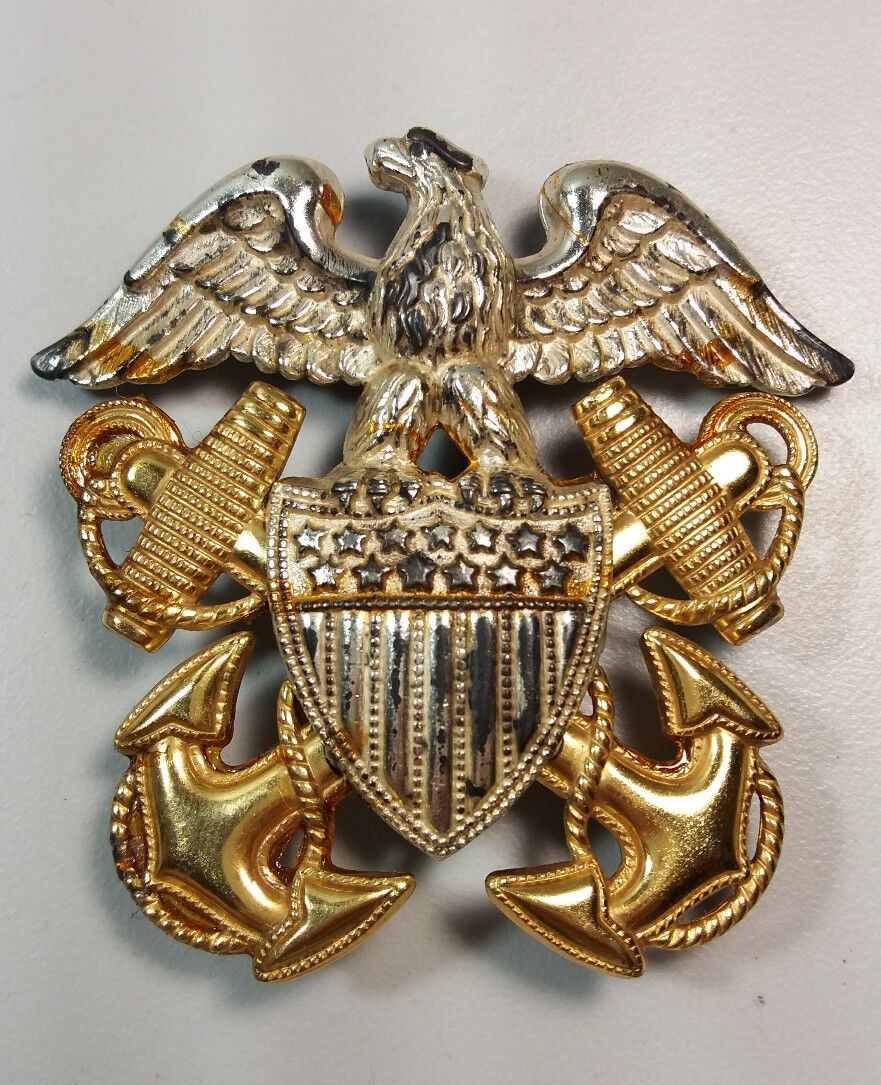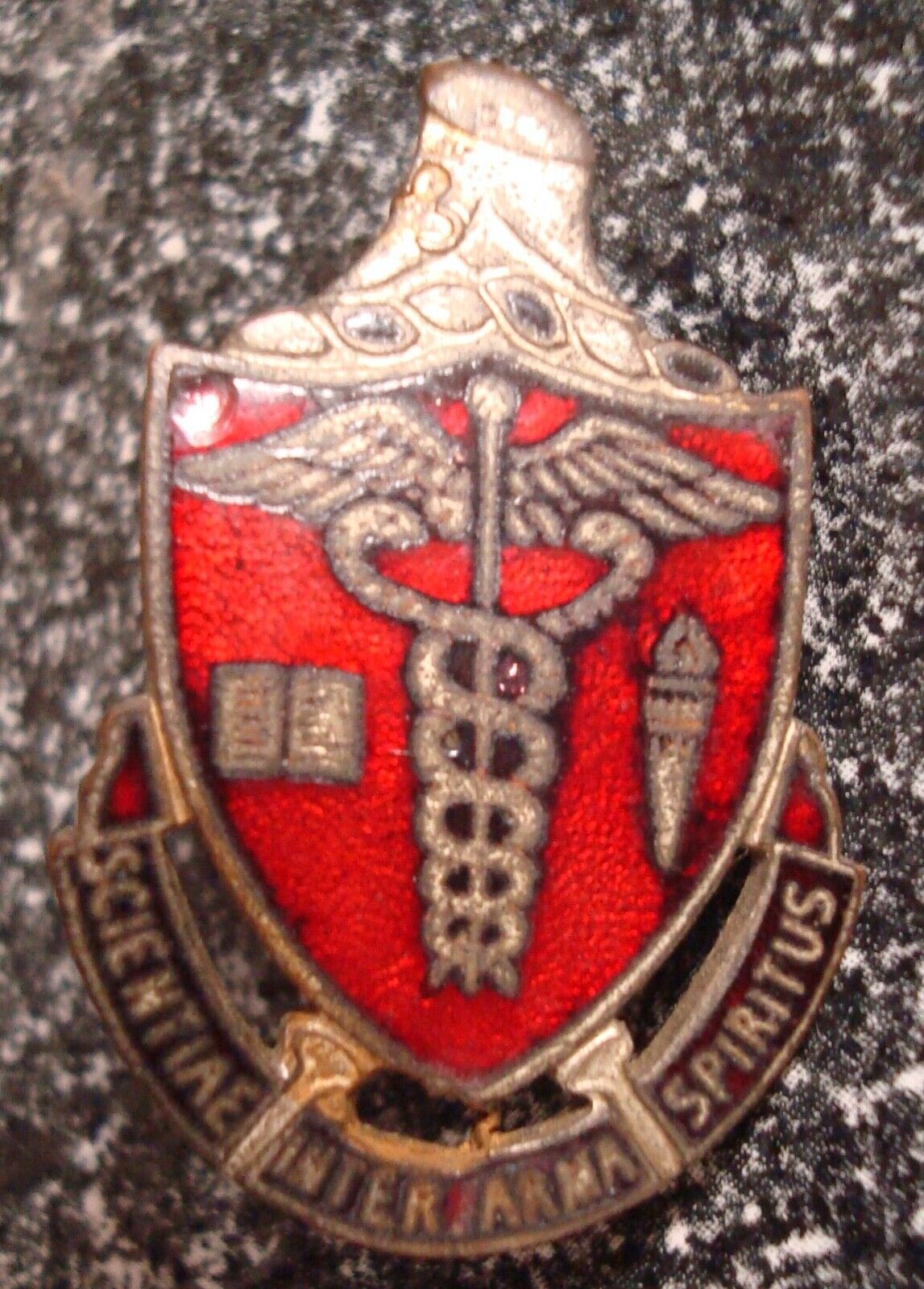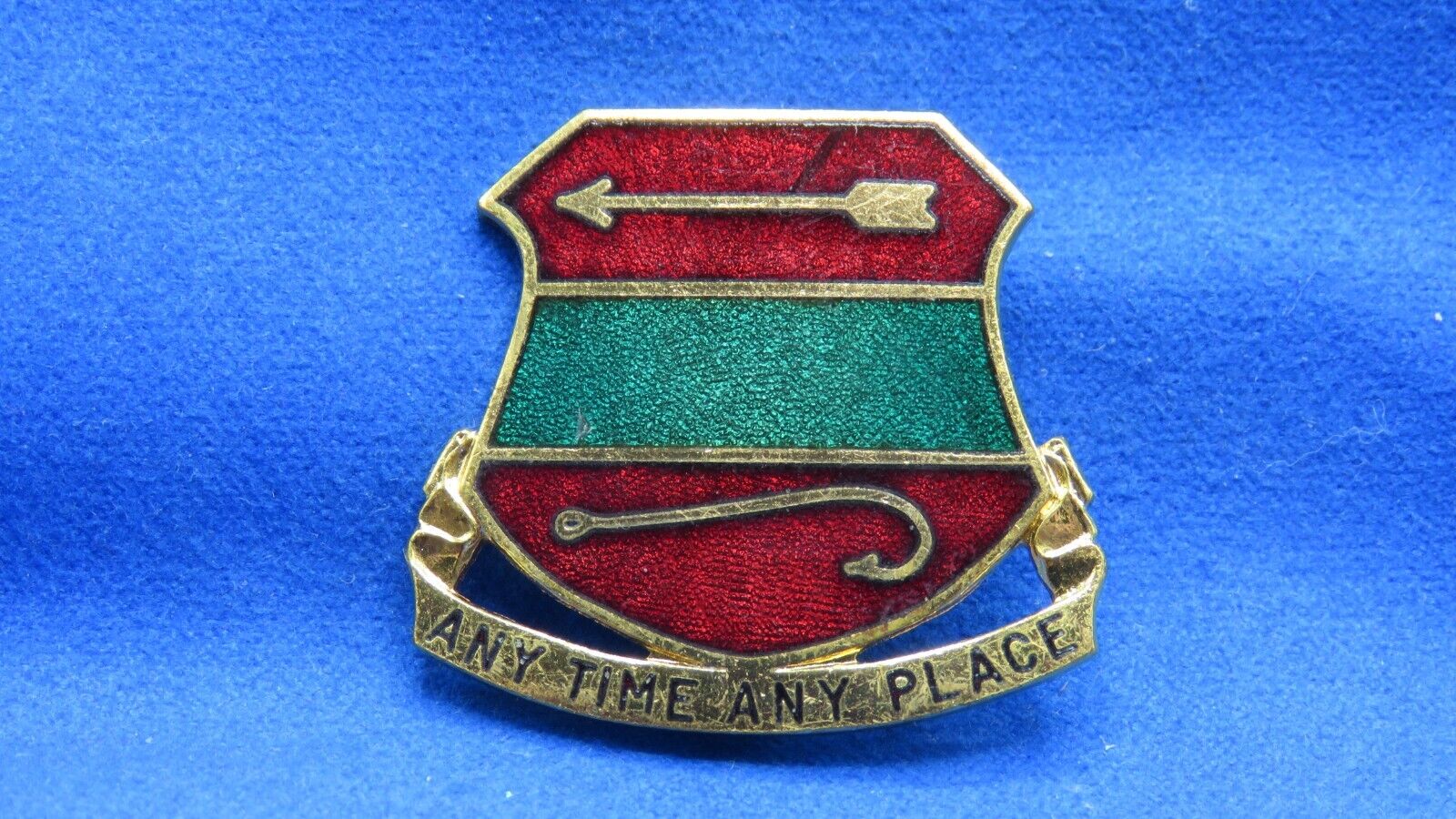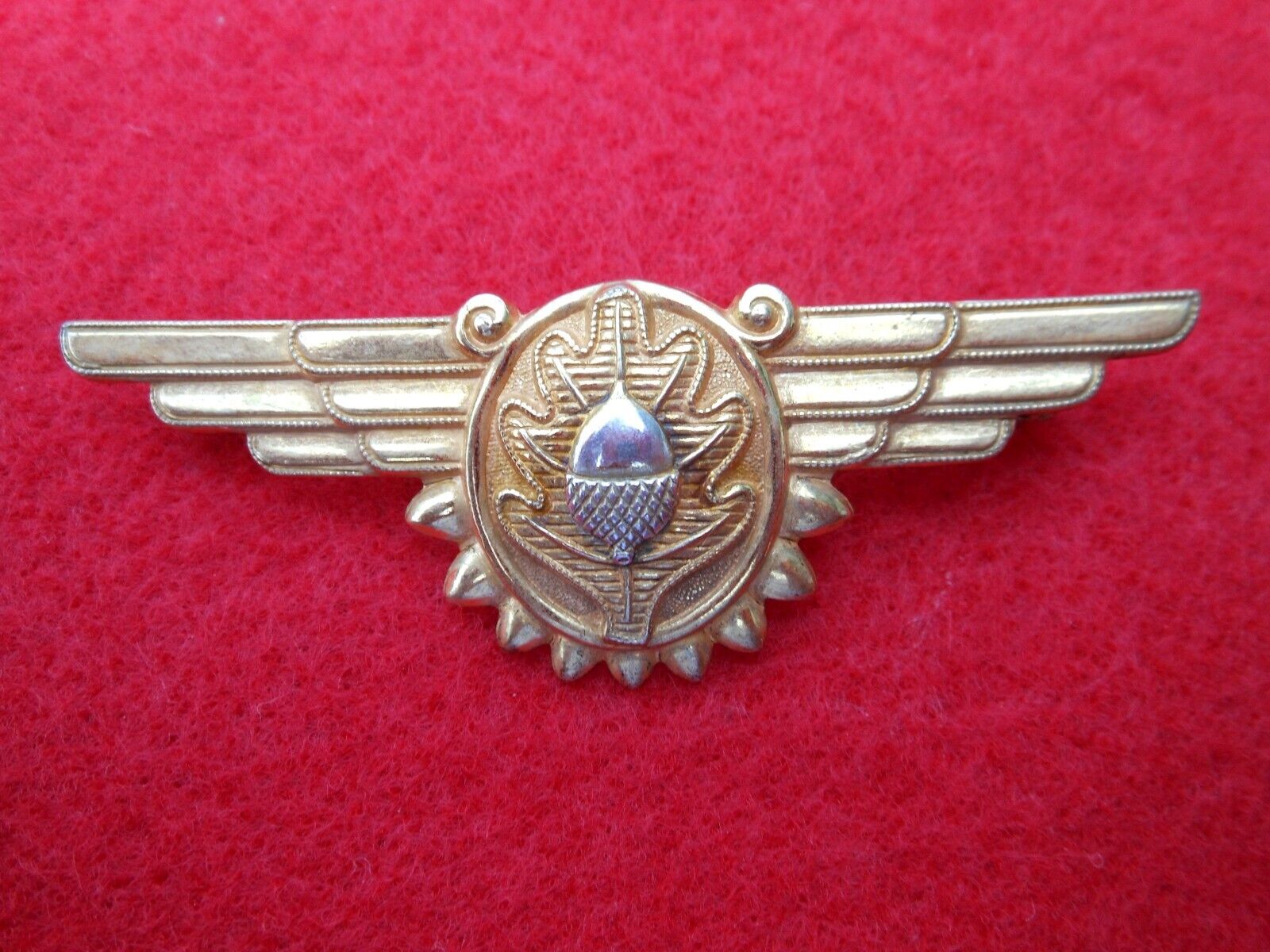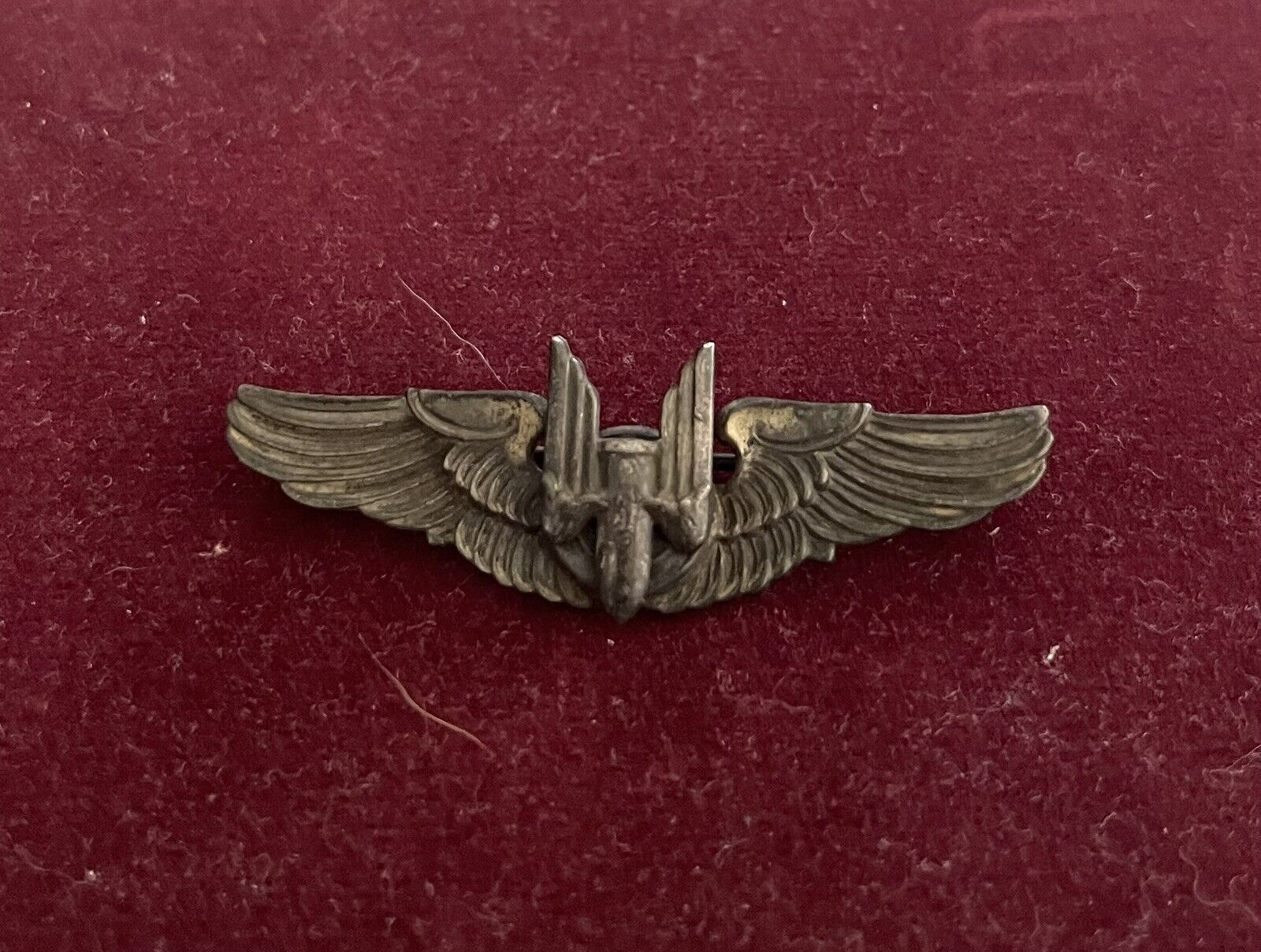-40%
NAMED WW2 US NAVY GOOD CONDUCT + DEFENSE MEDAL ,RIBBONS , PERSONAL ITEMS WW2
$ 68.63
- Description
- Size Guide
Description
PLEASE FOLLOW OUR E BAY STORESEE ALL PICS
SALE
SEE OUR STORE
PLEASE READ WHOLE ADD
YOU ARE BUYING :
AMERICAN DEFENSE MEDAL
NAMED GOOD CONDUCT MEDAL
PILLOW CASE
USN POST CARDS
Navy Good Conduct Medal
[
edit
]
The Navy Good Conduct Medal is the third oldest continuously awarded medal in the United States. The "U.S.N." Type I medal was authorized on 26 April 1869 and was produced by E. V. Haughwout Company of New York. The medal was issued with a red, white and blue material suspension ribbon without a suspension pin. The medal is in the design of a
Maltese cross
and the name of the recipient was engraved on the reverse.
[4]
The Navy Good Conduct Medal is the oldest Good Conduct Medal, dating back to 26 April 1869. There have been a total of four versions of the Navy Good Conduct Medal, the first version of which was issued from 1870 to 1884. The original Navy Good Conduct Medal was also not worn on a uniform, but issued with discharge papers as a badge to present during reenlistment. A sailor in the Navy received a new Good Conduct Medal for each honorable enlistment completed.
[5]
The second version of the Navy Good Conduct Medal was issued between 1880 and 1884. The medal was considered a "transitional decoration"
[4]
and was the first of the Good Conduct Medals to be worn on a uniform. The medal was phased out by 1885 and a new medal issued between 1885 and 1961. The new medal was a Good Conduct medallion suspended from an all red ribbon.
Enlistment bars
, denoting each honorable enlistment completed, were pinned on the ribbon as attachments.
There was slight oddity during the
Spanish–American War
when the Navy created the
Specially Meritorious Service Medal
which also had an all red suspension and
service ribbon
. There were recorded cases of Navy enlisted personnel who were awarded both the Good Conduct Medal and the Specially Meritorious Service Medal who wore two red service ribbons on their Navy service uniforms. This is one of the rare times in the history of U.S. military awards that two awards had identical ribbons.
In the 1950s bronze and silver 3/16 inch stars, with one silver star worn in lieu of five bronze stars (e.g., six awards), replaced the enlistment bars. Although the medal itself had not changed since 1884, in 1961 a ring suspension for the ribbon and medal combination was adopted, differentiating the suspension from its Marine Corps Good Conduct Medal counterpart and standardizing it with the majority of other service medals. It is this 1961 version of the Navy Good Conduct Medal that is still in use today.
[6]
The current Navy Good Conduct Medal is issued to every active duty enlisted sailor who completes three years of honorable and faithful service since 1 January 1996. For prior awards to personnel between 1 November 1963 and 1 January 1996, four years of service were required. The four year requirement also applies for award of the Navy Good Conduct Medal from its original establishment until 1 November 1963.
Additional awards of the Navy Good Conduct Medal are denoted by bronze and silver 3/16 inch stars; silver stars are worn in place of five bronze ones.
[7]
The reverse side of the medal has three words, "FIDELITY ZEAL OBEDIENCE" superimposed in a semicircle. Upon 12 years of service, sailors are also allowed to wear
gold-colored version
of their petty officer insignia, something usually seen with those with the
rate
of
chief petty officer
or
petty officer first class
and above, but occasionally
petty officer second class
. Prior to June 2019, those 12 years had to be infraction-free. It is extremely rare in the contemporary U.S. Navy, but provisions do allow for sailors rated
petty officer third class
to wear gold rate insignia, provided they meet the same requirements.
Original Version
Transitional Version
History
[
edit
]
The American Defense Service Medal was established by Executive Order 8808, on 28 June 1941, by President Franklin D. Roosevelt and announced in War Department Bulletin 17, 1941. The criteria for the medal was announced in Department of the Army Circular 44, on 13 February 1942. The
service ribbon
design was approved by the Secretary of War and the Secretary of Navy on January 7, 1942. The medal was designed by Mr. Lee Lawrie, a civilian sculptor from Easton, Maryland. The model was approved by the Commission of Fine Arts on May 5, 1942.
[2]
[3]
Criteria
[
edit
]
The medal is authorized to military members who served on active duty between President Roosevelt's declaration of a limited national emergency on September 8, 1939, and the
attack on Pearl Harbor
on December 7, 1941. Members of the
United States Army
, to include those in the
Organized Reserve
and
National Guard
, received this medal for any length of service during the eligibility period, provided that they were on orders to active duty for a period of twelve months or longer.
[1]
The
United States Navy
excluded those reservists who were on active duty for less than ten days during the eligibility period, but otherwise the Navy,
United States Marine Corps
, and
United States Coast Guard
awarded the medal to all personnel who served on active duty at any time during the eligibility period, Regular or Reservist, provided they passed their initial physical examinations, such as in the case of those Reservists called back to extended active duty prior to the December 7, 1941, attack on Pearl Harbor, or those enlisted recruits and officer candidates accessed during the same period.
[4]
"A" Device
: Awarded to any member of the Navy who served duty in actual or potential belligerent contact with
Axis Powers
in the
Atlantic Ocean
between June 22 and December 7, 1941.
[4]
The "A" Device was also worn on the medal's uniform ribbon.












